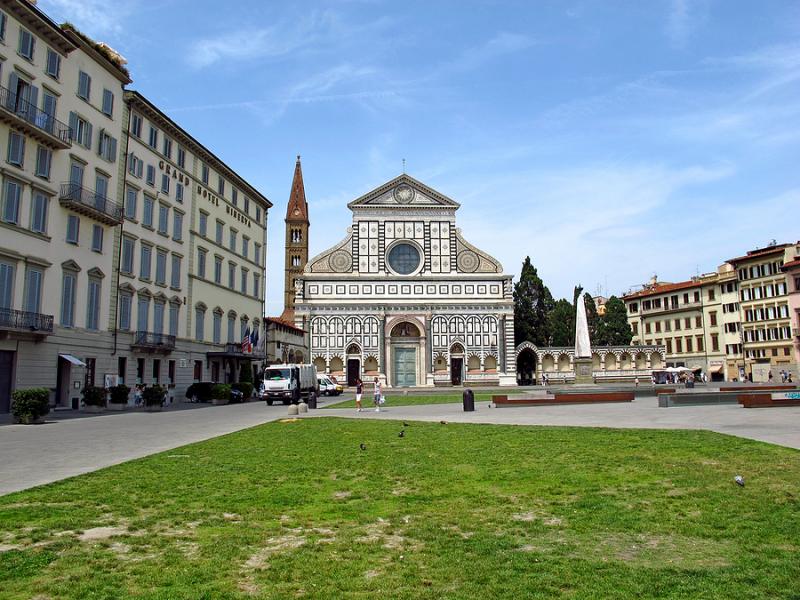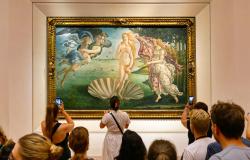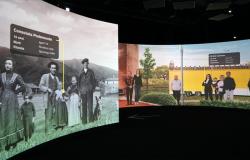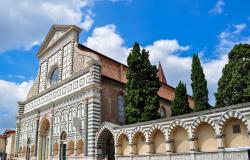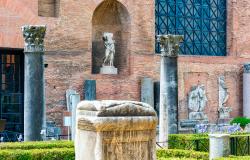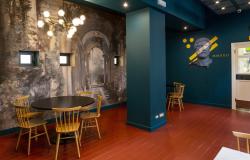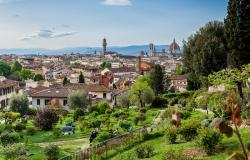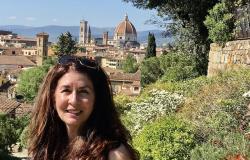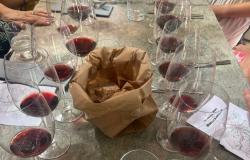Language lovers rejoice! Florence, already home to some of the most famous art collections in the world, will soon host the Museo della lingua italiana—a museum dedicated entirely to the Italian language. Making a language museum both educational and exciting is not an easy feat to be sure, though the new space promises to include a variety of multimedia and interactive displays to illustrate the history of the language spoken, studied, and beloved by many the world over.
The origins of Italian are fascinating and complex. We begin, somewhat surprisingly, with a riddle called the ‘Indovinello veronese’, discovered in the early 1920s, that dates to the 8th or 9th century. More evidence for early Italian is found in a series of notarial documents called the ‘Placiti campani’ from the 10th century outlining a property dispute that was written in the vernacular (spoken language), rather than in Latin. Other coeval evidence of the vernacular has been found in some unlikely places, including graffiti written by priests on catacomb walls in Rome—the phrase ‘Non dicere ille secrita a bboce’ (do not say the secrets aloud) likely refers to the mysteria, or secret prayers that were to be pronounced only in a whisper.
Slowly, the written vernacular began to take on importance in both administrative and poetic realms before making its (truly) epic appearance in the early 1300s when Dante Alighieri chose to write his Comedy in the spoken language of Tuscany, rather than in Latin, which would have been the expected choice for such a high form of poetry. Dante is often referred to as the ‘Father of the Italian Language’ because of this, though it would be another 500 years and the birth of the nation-state of Italy before Italian became the official language of the peninsula.

So central is Dante to the history of the Italian language that the hope had been to open the new museum in time for the 2021 celebrations surrounding the 700th anniversary of the great poet’s death. However, due to a variety of factors—not least of which the global pandemic—we expect work on the Museo della Lingua Italiana to begin in 2021, with estimates for completion a year or two later.
Details are still being hammered out, but here’s what we know so far:
The Museo della Lingua will be located in a centrally located space in Florence that once belonged to the convent of Santa Maria Novella. The project is currently state-funded in the amount of 4.5 million euro from the Ministry of Cultural Heritage and Tourism. Set to cover two floors, there will be space for temporary exhibitions in addition to 15 permanent rooms divided into three temporal sections dedicated to the development of ancient, modern, and contemporary Italian. Interestingly, some involved with the project have alluded to a special section dedicated to Italy’s culinary traditions and their impact on the language.

While we can only dream about the original documents that could be on display in a museum like this—manuscripts of the Divine Comedy, the 13th-century Sienese constitution, Petrarch’s own copy of his Canzoniere—it is unlikely that holders of these precious works will want to part with them. Though there will be some outstanding originals (a first-edition I promessi sposi has been hinted at), the majority of the collection is expected to be high-resolution copies or digital projections that will allow visitors to get a sense of the documents’ importance in the long and beautiful history of the Italian language.
Alexandra Lawrence has lived and worked as a lecturer and guide in Florence for the last 20 years. One of her great passions is Italian literature, which she studied at the graduate level. In connection with the upcoming celebrations surrounding 700 years of Dante, she is offering an online course on the Divine Comedy starting in January.
